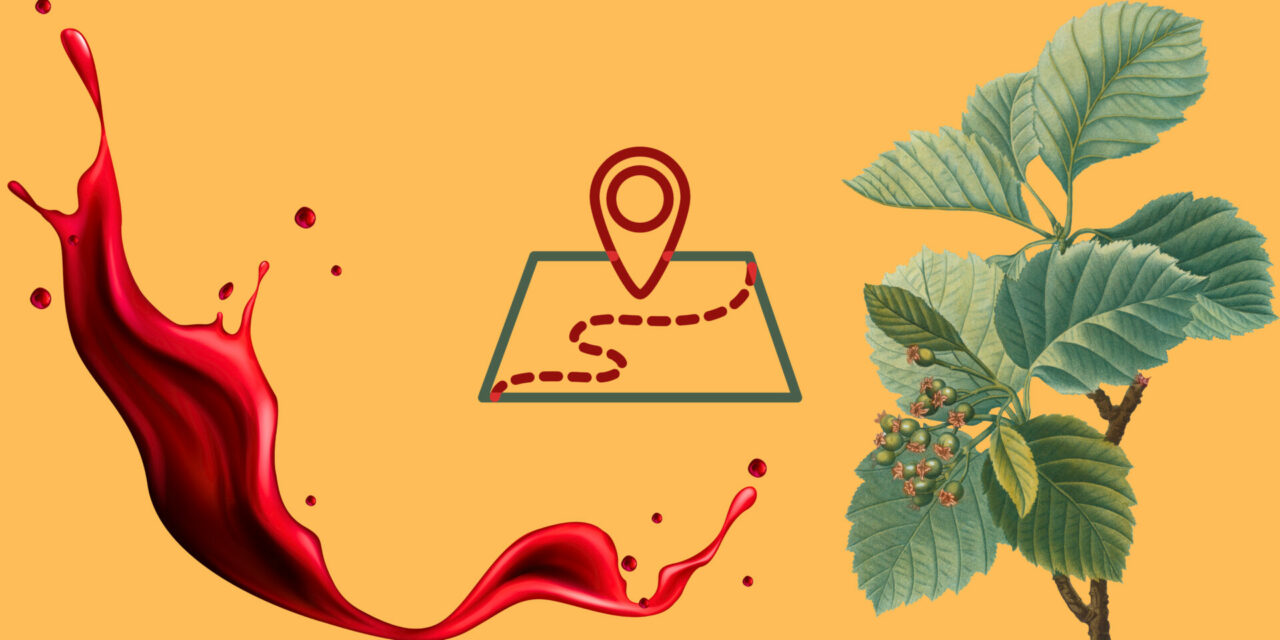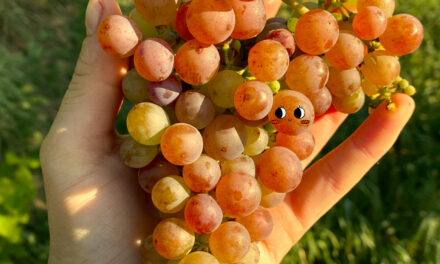Another month, another moment of exploration into the deep coves of the wine world. While we’ve had a lot of rain this spring and every plant and vine in this province is grateful, I am ready for the sun. As someone who can’t stop romanticizing rosé, I look forward to spring releases every year. This season, we’re going on a meaningful deep dive into the crisp waves of regions you should have on your radar. Some are young, and some very old, but all of them produce wines that I get excited about every year and I want to share them with you.
Quebec
I spent a lot of my life growing up in Quebec even though my mother lived in Ontario. My grandparents have lived there my whole life (Aylmer, Chelsea) and our family cottage is a little hunting cabin on Lac-St-Pierre in Saint-Pierre-de-Wakefield. I spent a ton of my teenage/young adult years chasing friends and shows around Montreal, and I guess these days I chase my insatiable hunger for good wine, food, and atmosphere. Each winter, on the first week of January, our restaurant closes for a well-deserved holiday. Each holiday, I head up to Chelsea and spend a week in pure bliss. Chelsea is known for its beauty and space for outdoor activity whether it be winter or summer. I love the silence of winter and the smell of fresh snow. Despite Chelsea’s relatively small community, it’s also known for another thing: incredible food. If you know Quebec, this comes as no surprise. Even the smallest townships in Quebec tend to have surprisingly delicious sources and pride in their cuisine (Quebec is arguably the source of many Canadian cuisines). Their French heritage encourages good hospitality, good food, and of course, good wine.
One particular thing that draws me into Quebeçois wine is hybrid wines. What are hybrid wines? I’ll try to explain as briefly and eloquently as I can.
We all know the classics: Chardonnay, Pinot Noir, Merlot, Cabernet Franc, etc. Most widely-enjoyed European grapes are from the same grapevine subgenus Vitis Vinifera. These grapevines, as well-known and celebrated as they are, tend to be delicate, disease/climate-sensitive, and sometimes just plain fussy. We love them for it. However, hybrids are heartier, they make really fun wine with palettes and noses that a lot of us aren’t used to, which makes them exciting for those of us who drink wine regularly. Hybrids were originally created by crossing the European Vitis Vinifera with North American Vitis Labrusca or Vitis Riparia in response to mass phylloxera damage in the late 1800s which devastated much of the wine scene at the time (and predating the sprays and additives we use now to make conventional wine). While Europe ‘appreciated the help’ they quickly turned their noses from hybrids and as soon as they could marched forward with their precious Vitis Vinifera. Still to this day, very few hybrids break into the mainstream wine world (notably less in Europe).
Hybrids are neat, sustainable, and rare, which has my wheels turning every time I drink one. It’s a break from tradition and a welcome one to the new world of climate change that we face. Wines from this province are such a treat, hybrid or not, and are spearheading a lot of the unique wine culture we have here in Canada. The wines are a little harder to get in Ontario, but if you’re planning a wine trip this year, why not consider the ethereal Quebec countryside?
Here are my top suggestions for Quebecois wineries (and Desrochers, a bonus honey wine producer):
Central & Eastern Europe
So, I tend to fancy myself a bit of a geek for Central and Eastern European wines. My favourite palette notes tend to lean towards more acid, bright fruitiness, and mineral-driven wines. I have a love affair with concrete-fermented wines in particular. Many regions within this area of Europe lend that vibrance to their wines, whether it be the dazzling acidity of Furmint from Hungary or the classic mineral-driven Grüner Veltliner of Austria. Even reds from these regions tend to be juicy, tangy, and oftentimes chillable (Zweigelt, Blaufränkisch). When I was recently helping make wine in Germany, I became close with Michael Völker of 2Naturkinder (and where I will return this fall). He showed me so many grape varietals in the region that I hadn’t worked with before, many quite indigenous to the area we were in, and also invited me to head down to New York for Karakterre in November. Karakterre, for those unfamiliar, is Austria’s huge natural wine salon that focuses on Central/Eastern European winemakers. Michael would be part of the salon’s first North American event at the Rockefeller Center in New York, and subsequently my first trip to NYC. When I tell you I was reborn in that rooftop garden that hosted the event, I truly mean it. Shaking hands with some of my favourite producers was surreal (Judith Beck, Maria and Alex Koppitsch, also the minds behind Keltis, etc), and most of them found my Ottawa Valley accent both comforting and silly. Karakterre really cemented my love for these regions, and as you explore them I think you will find yourself pleasantly surprised by how refreshing these wines are. I’ve compiled a small list of sources for all your Central and Eastern European wine needs.
There are two main private importers in Ontario that focus specifically on these regions.
Azra Wines is founded by Vedran Lesic, a passionate and well-traveled wine professional who brings in some of the most profoundly interesting Central and Eastern European wines you can get in Ontario. The portfolio carries wines from (but not limited to) Serbia, Slovenia, Hungary, and Austria (and even recently dabbling in French and Italy). His quantities are often limited so I tend to snatch things up when I can.
Croatia Unpacked single-handedly introduced me to Croatian wines. After doing the Croatia Unpacked trade workshop at Buyers and Cellars in Ottawa (another decent source for these wines), founder Saša Muridori and I sat together and he fan-girled with me over my sudden but everlasting love for Croatian wines. They truly *feel* breezy, cool, and Meditteranean when you enjoy them, and my favourite wine, Stina Pošip, gives a crisp salinity and unmatched elegance. I truly think this region is about to become quite big, and it’s well-deserved.
If private ordering isn’t really your bag, ask your local wine shop or restaurant if they have wines from these regions on hand and you can pick up a bottle or two. For more on how to experience some of these rare gems, here is a shameless plug to my last article.
New Americana
My third and final underrated wine region for you to dive into this summer is what I dub ‘New Americana’. While there are several subregions to cover in the United States, there are states creating some of the most fascinating and delicious wines with grapes that I didn’t even know were growing in the U.S. (Freisa pét nat from California anyone?) While America is nearby, some of the smaller regions are very hard to seek out here in Ottawa (Toronto, a bit easier). New Americana wines have evolved to be crisp, bright, and gorgeous examples of cooler climate wines. Even Texas, where they are using elevation to their benefit and growing Italian and Spanish grape varietals, is producing some acid-driven, fruit-forward wines. If you visit some smaller independent wine shops in Ontario, you should be able to seek them out (or spot them on your local wine list). I’ve compiled a small list of wineries I really enjoy from a variety of American regions.
(Willamette Valley, Oregon)
(Los Angeles, California – Urban Winery)
(Marfa, Texas)
(Finger Lakes, New York)
(Sabastopol/Los Angeles, California – Urban Winery)
Wine exploration is neverending, which is precisely why I love it. Every year there are new places to try and regions to explore. Especially if you live in Ontario, a lot of your exploration used to depend heavily on what the LCBO brought in. With independent shops and importers, we can now explore smaller regions more deeply. This summer, why not bask in the cool waters of a new wine world?








Fun article to read during a tongue salad break on prep day🤘